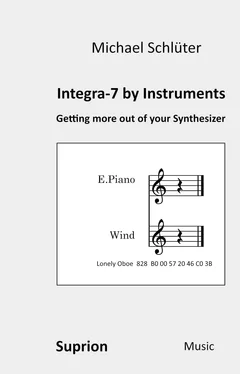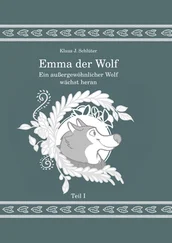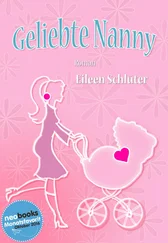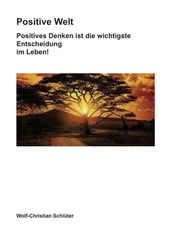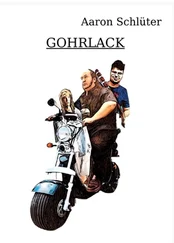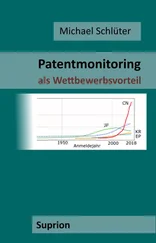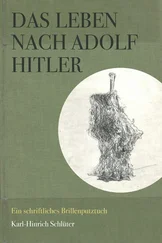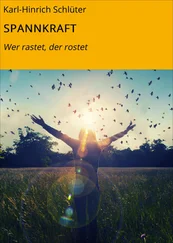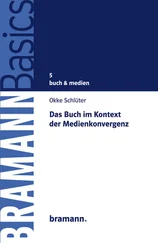SRX-04 Symphonique Strings (p. 33)
high-quality string tones
useful with classical, rock, pop, dance, and film scores
stereo-sampled full sections
individually recorded violin, viola, cello, and contrabass sections
SRX-05 Supreme Dance - synth tone (p. 35)
extensive collection of the standard sounds
needed in dance music, including techno, house, hip hop, trance, 2-step, and drum 'n' bass
collection provides sounds that can be broadly used in each of these styles
SRX-06 Complete Orchestra - synth tone (p. 38)
offers all the standard orchestral sounds
also includes various choir and vocal phrases
can be used for orchestral arrangements, film scoring, and more
SRX-07 Ultimate Keys - synth tone (p. 42)
includes various piano, electric piano, organ, clavi, and vintage synth sounds
provides high-quality bass and drum sounds of famous musicians
widely useful for pop music
SRX-08 Platinum Trax - synth tone (p. 47)
numerous sounds for dance music (techno, house, hip hop, trance, drum bass, breakbeats, RB)
includes phrase loops, synth bass, synth sounds, various hits and stabs, and vocal phrases
SRX-09 World Collection - synth tone (p. 51)
provides a variety of string, wind, and percussive ethnic instruments from around the world
Africa, Asia, the Middle East, South America, North America, Australia, and Europe
SRX-10 Big Brass Ensemble (p. 55)
provides numerous realistic brass sounds
can be broadly used in any style, including pop, rock, classical, and film scores
includes Pop Brass (Bb Tp x2, Tb, Tnr Sax), Trumpet (Bb Tp x4), C Trumpet (C Tp x4), Trombone (Tb x4), and Horn (Hrn x4) sections, in addition to Solo Tuba
captures that instrument's performance techniques such as falls, shakes, and rips
SRX-11 Complete Piano (p. 56)
high-quality piano sounds
useful from pop and jazz, in fil scores and classical
realistic and high-quality grand piano sound that has been sampled at four velocity-switched levels for each of the 88 keys
SRX-12 Classic EPs (p. 57)
provides high-quality electric piano and clavi sounds
which became indispensable to numerous musical styles, including RnB, hip hop, pop, and jazz
electric pianos have been recorded at four velocity-switched levels for each individual note of three different classic 73-key and 64-key models
clavi sounds capture all four pickup settings as well as mute on/off settings
Example 4 - Banks for film music
Looking for non-drum tones suitable for creating film music may draw your attention to:
SRX-04 Symphonique Strings
SRX-06 Complete Orchestra - synth tone
SRX-10 Big Brass Ensemble.
Unless you select a tone from the presets, you have to load the bank which hosts the tone. You can do it in two ways:
using the front-panel
sending a MIDI sysex-message.
To load an Extension Sound into one of the 4 virtual slots manually just follow the Owners Manual [Inte12a] :
press the MENU button
use the wheel or the cursor to select EXPANSION
press the ENTER button
assign Extensions Sounds to 1 - 4 virtual slots A - D.
According to [Wond18] you can send a sysex message, i.e. this byte-string in generalized form:
F0 41 10 00 00 64 11 0F 00 30 00 aa bb cc dd F7, with aa - dd being bytes taken from the table below, controling slots A - D, respectively.
| Data byte aa, bb, cc or dd |
Extension Sound / bank |
| 0x00 |
OFF |
| 0x01 |
SRX-01 |
| 0x02 |
SRX-02 |
| 0x03 |
SRX-03 |
| 0x04 |
SRX-04 |
| 0x05 |
SRX-05 |
| 0x06 |
SRX-06 |
| 0x07 |
SRX-07 |
| 0x08 |
SRX-08 |
| 0x09 |
SRX-09 |
| 0x0A |
SRX-10 |
| 0x0B |
SRX-11 |
| 0x0C |
SRX-12 |
| 0x0D |
ExSN1 |
| 0x0E |
ExSN2 |
| 0x0F |
ExSN3 |
| 0x10 |
ExSN4 |
| 0x11 |
ExSN5 |
| 0x12 |
ExSN6 |
| 0x13 |
ExPCM |
To understand this byte-string let's examine its components:
F0 signals the start of the sysex message, while F7 terminates it
41 10 00 00 64 11 initiates a “Data Request 1 (RQ1)” command, according to [Midi12], where 10 is the default device number
0F 00 30 00 is an entry in the Parameter Address Map, which is unfortunately undocumented in [Midi12] - it seems to request loading up to 4 Extension Sounds
this request has to provide 4 bytes, aa bb cc dd
according to [Wond18] an extra byte with the calculated check-sum is not necessary, which is also verified by the author.
Please note : Loading the ExPCM bank still occupies all 4 virtual slots, i.e. any content there will be overwritten.
Please note : Loading via sysex also takes some time.
Example 5 - Loading two banks by a sequencer
To load SRX-07 into slot A, and ExSN1 into slot C, while turning off slots B and D, send this sysex-message:
F0 41 10 00 00 64 11 0F 00 30 00 07 00 0D 00 F7
Instruments by category
Introduction
This chapter will be the most comprehensive one. It structures excerpts from the Sound List [Inte12b] this way:
category (chapter)
tones (sub chapter)
tone names, i.e. instruments (table).
The tables will list:
the tones name according to the Sound List [Inte12b]
its starting page in the Sound List [Inte12b]
its tone number
a compound byte string (hex), which you can copy and send directly to the INTEGRA-7.
In the header-line a tones category is repeated in brackets for your convenience: else it's easy to get lost in the tables. This way you can see at a glance, in which category you are.
To send the byte-string given in column snd use programs or hardware like, e.g.:
SendSX [Send19]
sendmidi [Rele19]
Pure Data [Pure20]
any suitable software or hardware sequencer
any suitable DAW.
You need to load the tones bank as described beforehand to hear the tone after sending the byte-string as MIDI-message to your INTEGRA-7. If you don't load a bank, you won't hear anything though after submitting the byte-string the INTEGRA-7 displays the correct instrument.
Example 6 - Finding instruments in categories
Say you look for an organ. Going to the organ-chapter, the Organ-table tells you, there are 11 banks to chose from.
Say the tones name “Jazzy B” sounds interesting to you and you want to try it. The table tells you it's in the bank called “SRX-07 Ultimate Keys - synth tone”. So you load it as described earlier.
When using the INTEGRA-7's front panel for this bank, you know from the table it's number is 102 and you dial it in.
If you use a sequencer instead, just submit B0 00 5D 20 0B C0 67to INTEGRA-7, as the table tells you.
The byte-string snd listed in the instrument tables:
consists of two BS-messages (starting with 0xB0) for MIDI channel 1 and one PC-message (starting with 0xC0) [Bell09]
the BS-messages are combined
Читать дальше
